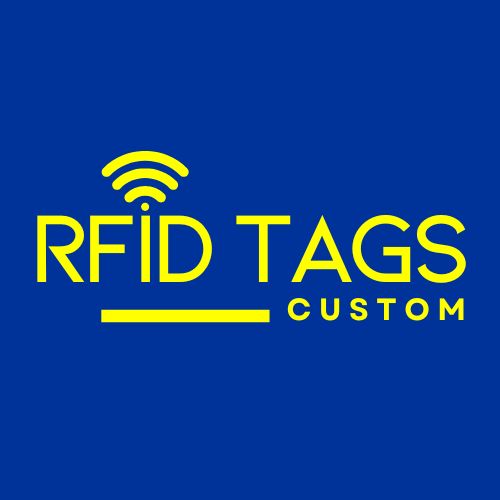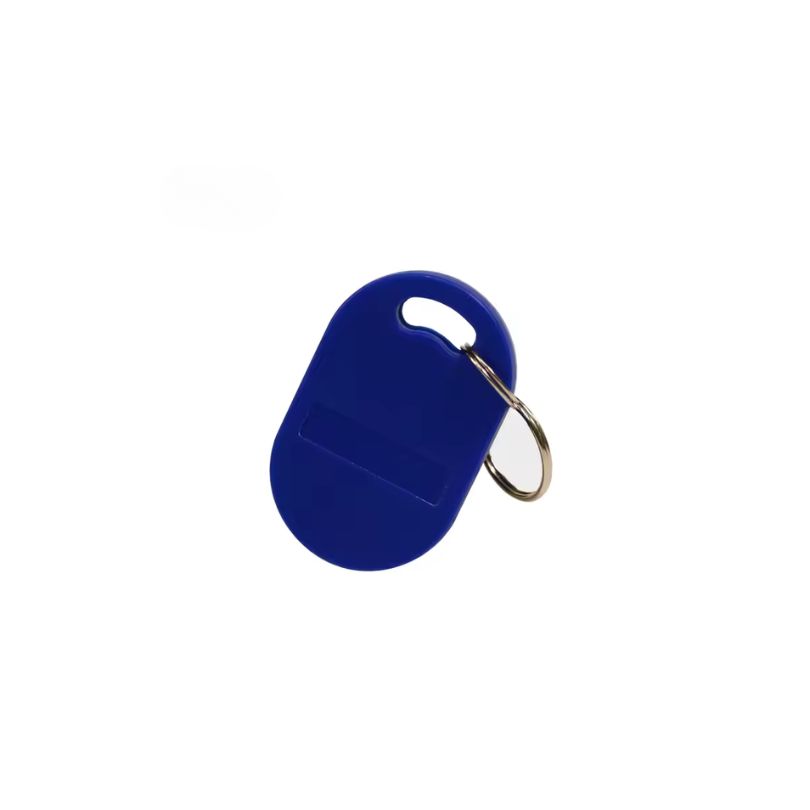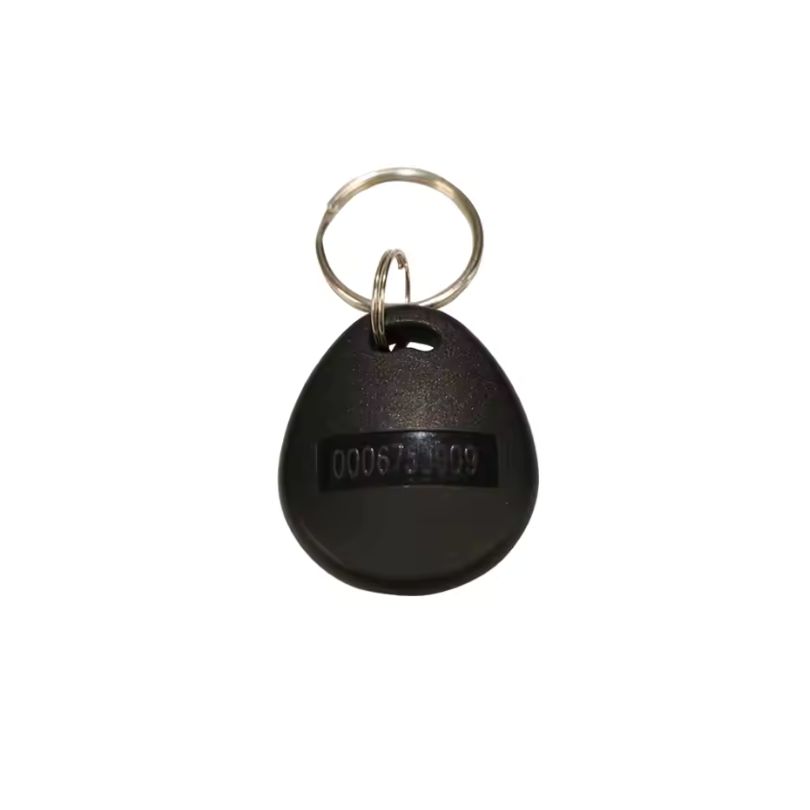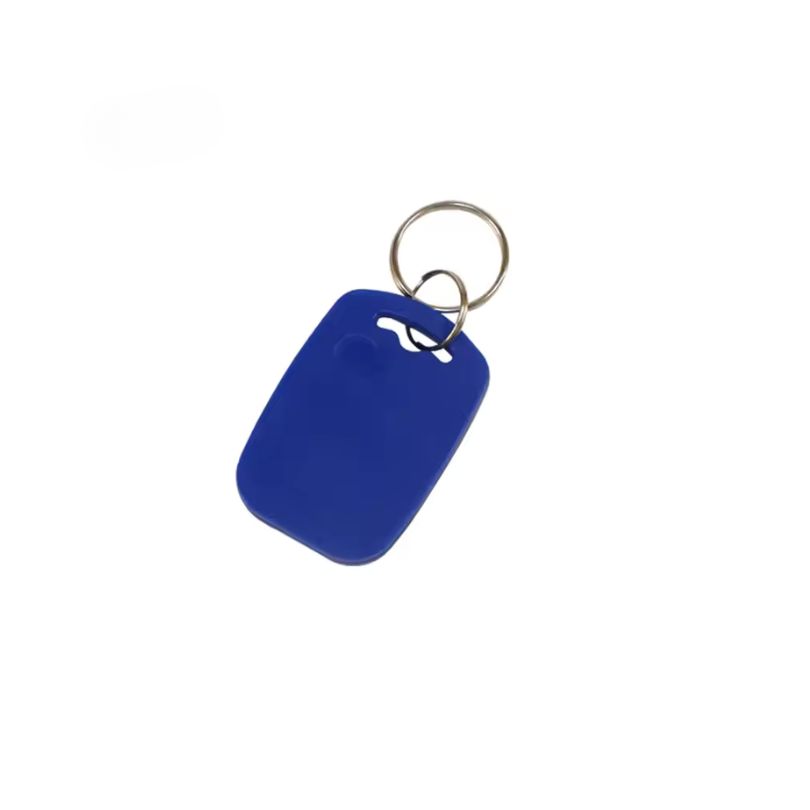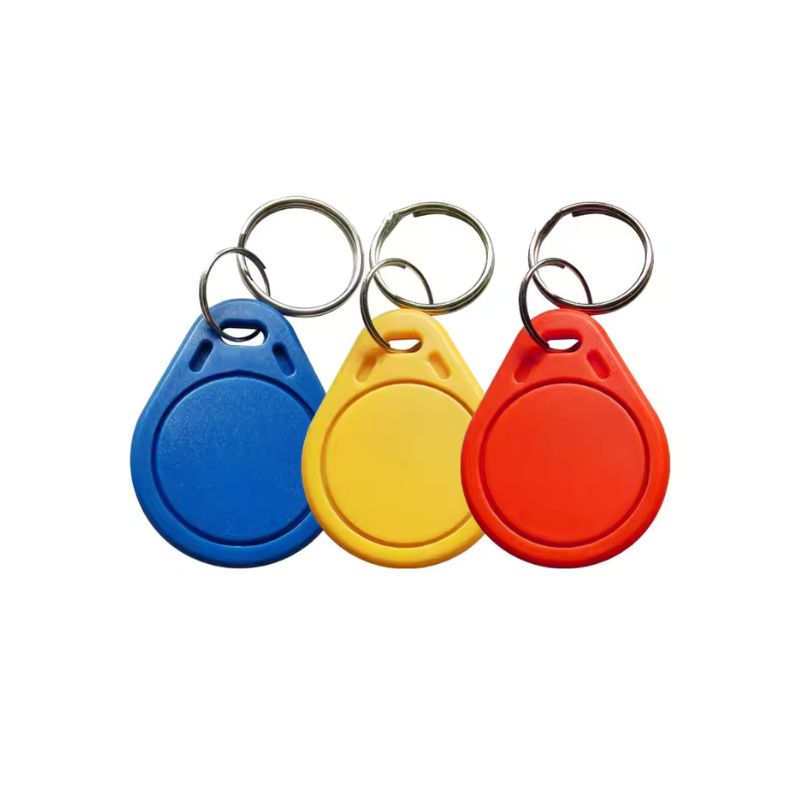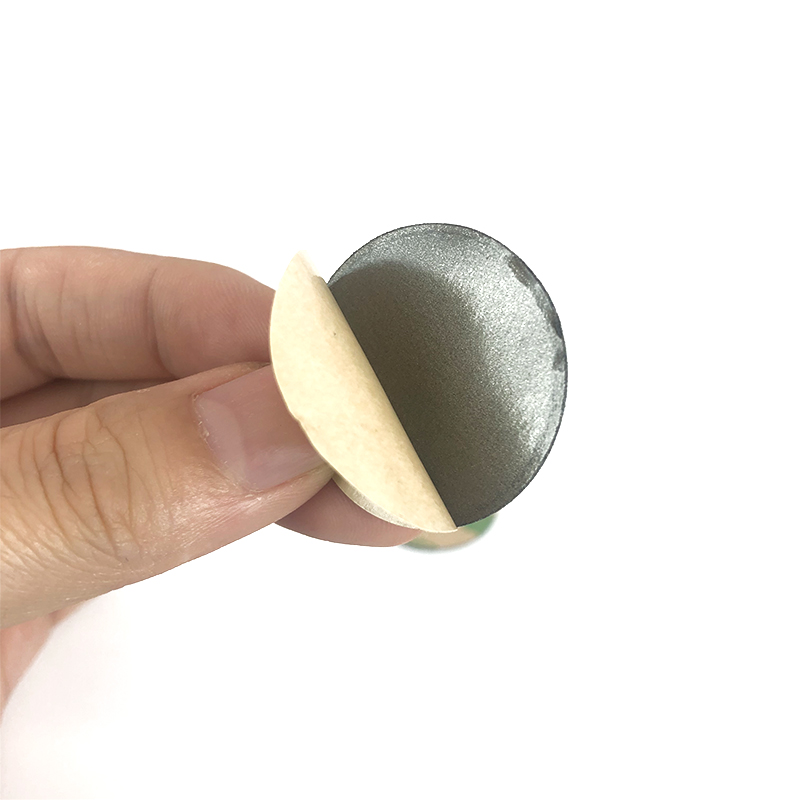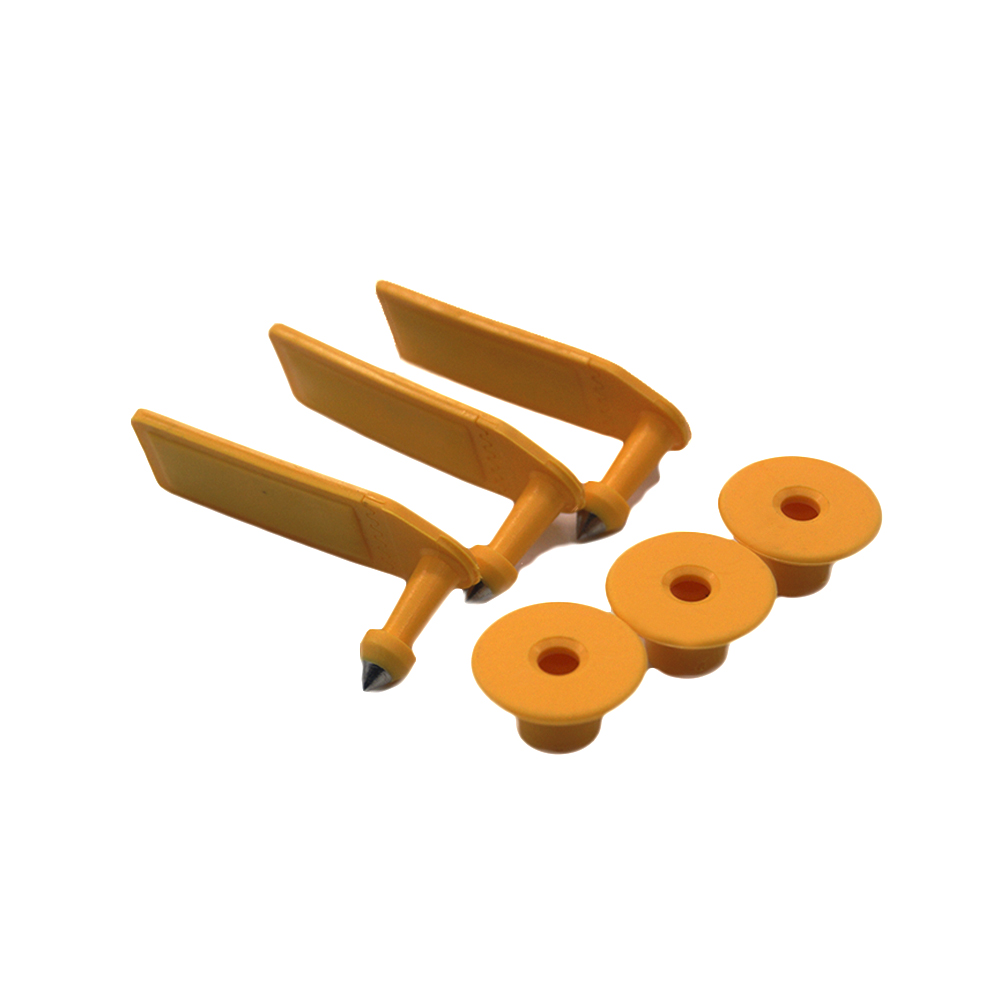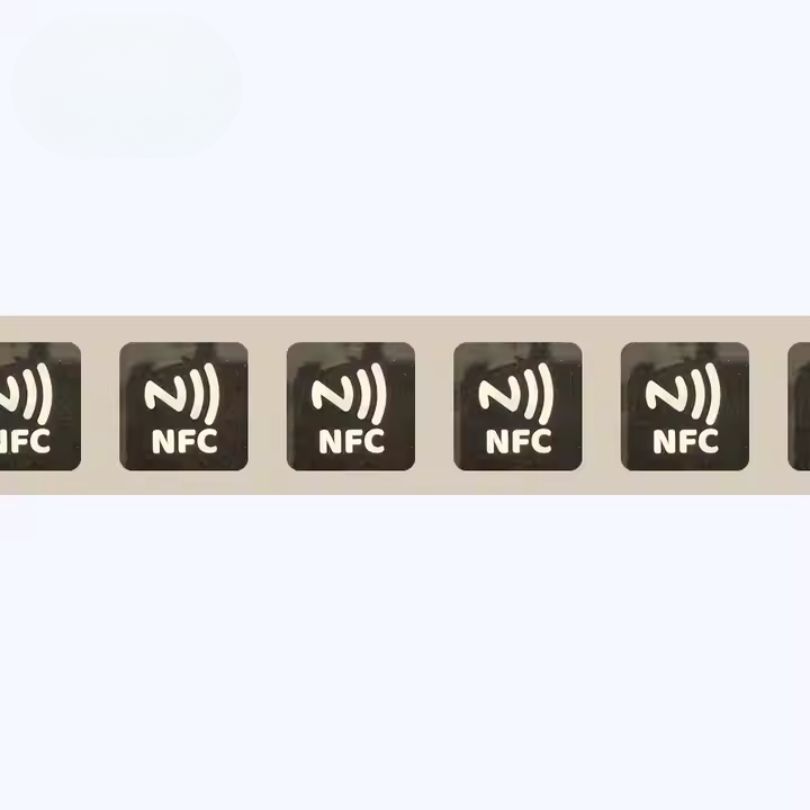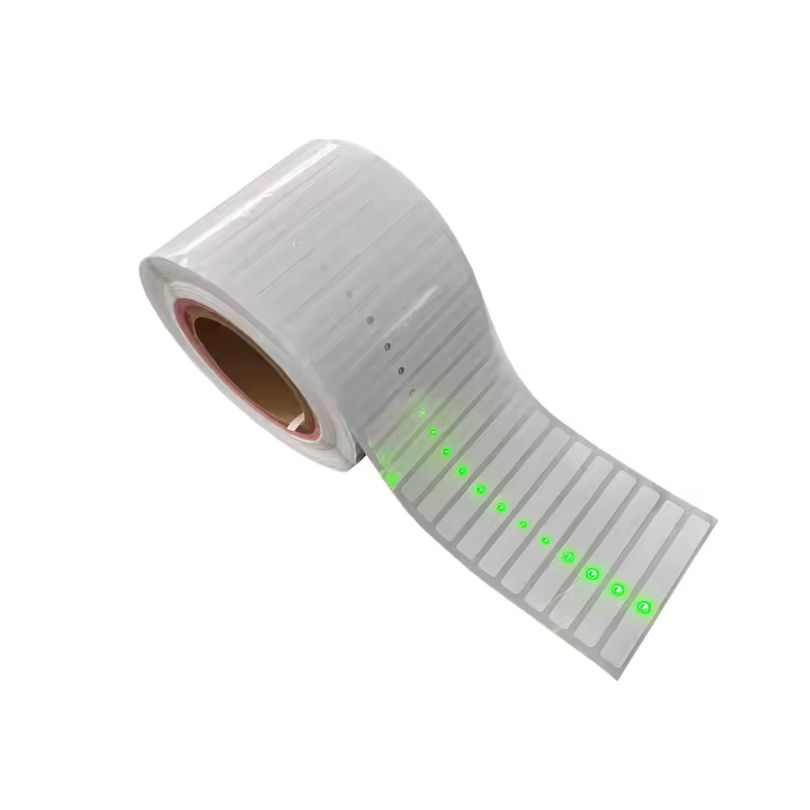
13.56MHZ Printing NFC Tag Keychain for Access Control
Keyless Entry Made Easy: Exploring 13.56MHz NFC Tag Keychains
In today’s busy world, we all want reliable and easy-to-use security. Traditional access systems can be a hassle—think bulky key fobs and easily lost cards. But what if you could unlock doors, enter buildings, and manage access with a single, stylish keychain? That’s the power of the NFC tag keychain.
This small but mighty device uses cutting-edge technology to simplify your life and boost your security. This article dives into the world of 13.56MHz printing NFC tag keychain solutions, showing how they can be used in many different situations and why they’re a smart choice for modern access control.
The Core Advantage: Secure and Convenient Access
The NFC tag keychain is more than a convenient accessory; it’s a powerful security tool leveraging Near Field Communication (NFC) technology. These keychains operate at 13.56MHz and offer reliable, secure communication with compatible readers. Their compact size and robust design make them ideal for everyday use, ensuring seamless access control wherever you go. The 13.56MHz printing NFC tag keychain offers a secure and efficient solution for many access control needs.
Compared to traditional methods like keys or magnetic stripe cards, NFC tag keychain solutions offer enhanced security. NFC technology provides inherent protection against cloning and unauthorized duplication. The 13.56MHz frequency provides a short range, greatly minimizing the risk of eavesdropping.
Customization and Versatile Applications
A key benefit of the NFC tag keychain is its customizability. You can print company logos or unique IDs on them using silkscreen or inkjet printing. This enhances security, promotes your brand, and creates a professional look.
The NFC tag keychain is useful in offices, gyms, apartments, and events. It replaces keys, fobs, and cards. It is waterproof and weatherproof, making it reliable, and its easy setup makes it perfect for any organization.
Technical Specifications of NFC Tag Keychain
| Feature | Specification |
| Frequency | 13.56MHz |
| Material | PVC/PET/ABS |
| Size | Customized Size |
| Printing | Silkscreen Printing / Inkjet Printing |
| Color | CMYK Color |
| Chip Available | Other LF/HF/UHF Chip |
| Communication Interface | RFID, NFC |
| Special Features | Waterproof / Weatherproof, MINI TAG |
| Customized Support | Customized Logo |
| Minimum Order Quantity (MOQ) | 200 pcs |
| Sample | Free Sample Available |
| Single Package Size | 15X10X5 cm |
| Single Gross Weight | 0.500 kg |
Get Your Custom RFID Tags
As a leading custom RFID tag manufacturer, we craft solutions based on the unique needs of your operation. We offer a wide range of customization options, including material, size, frequency, encoding, and read distance, ensuring each RFID Tag is perfectly customized to your requirements. No matter what application you use RFID tags for, we can provide rugged, reliable RFID tags that meet the highest quality and durability standards. Here are the main ways we customize RFID tags to fit your needs.

Material Selection
Material is key for customizing RFID tags. Plastic works in harsh conditions, while softer materials suit delicate spaces. Different materials also affect signal performance. Pick what fits your use case to ensure your tags last and work reliably.

Customized Size
Size shapes usability. Small tags fit tight spaces or tiny items, while larger tags are easily read. In crowded areas, sleek tags prevent clashes. Align shape and dimension with your goods for visibility, convenience, and performance.

Frequency Requirements
Choose LF, HF, or UHF based on read range, speed, and interference. LF and HF resist metals and liquids but have shorter ranges. UHF offers an extended range yet may face signal blocks. Match frequency to your environment for reliable performance.

Reading Distance
Define the distance at which you have to read the tag. Short distances work for retail checkouts, while warehouses may need meters of coverage. Antenna design, reader settings, and power outputs affect range.Adjust these factors to capture data accurately at the distance you need.

Encode
Plan how data is stored on each tag. Some only hold an ID, while others contain detailed info. Decide if you need a simple EPC or added user memory. Ensure your chosen format works with existing software. Proper encoding streamlines processes and slashes errors.

Application Environment
Consider real-world conditions. Temperature swings, humidity, and chemicals can degrade tags. For outdoor use, opt for UV-resistant casings. In healthcare or food settings, ensure compliance with safety rules. Matching your tags to the environment maximizes their lifespan.
Related Products
Customize any RFID tags from our factory to meet your requirements.
